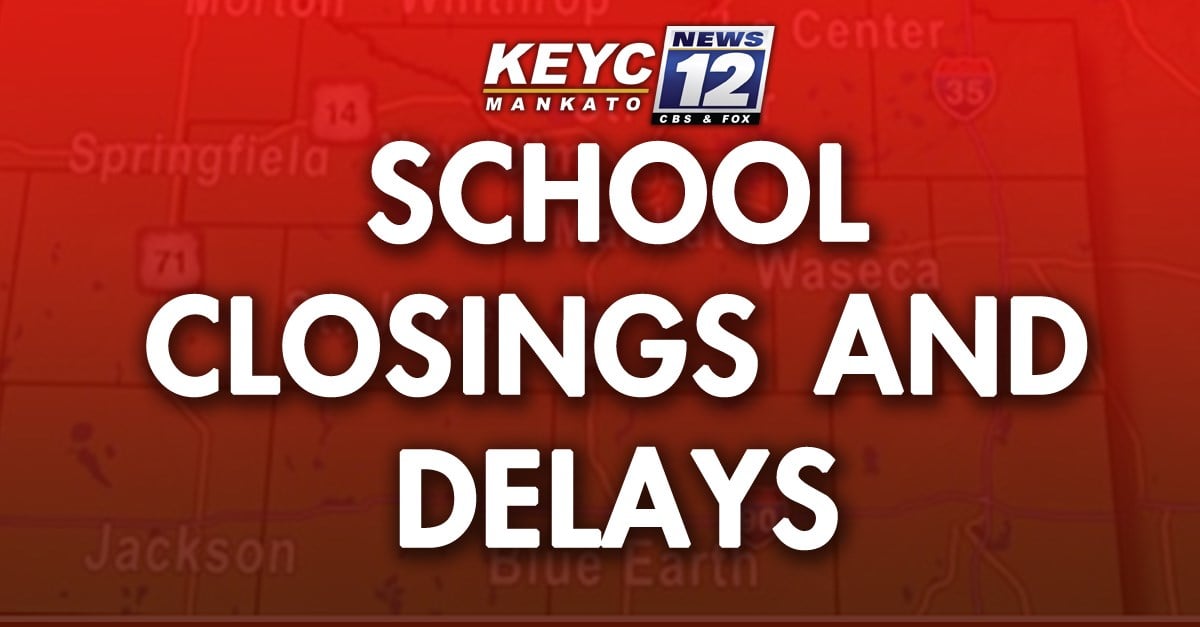Minnesota School Closings: A Comprehensive Guide for Parents, Students, and Community Members
Minnesota is known for its high-quality education system, but like many states, it faces challenges in funding, enrollment, and operational costs. One of the consequences of these challenges is the closure of schools. Whether due to budget cuts, declining enrollment, or other factors, school closures can be a significant concern for students, parents, and the community. As a reliable source of information, this article aims to provide an in-depth look at Minnesota school closings, covering the reasons behind them, the impact on affected communities, and the available resources for those affected.
Minnesota's school closure problem is not new. Over the past decade, the state has seen a significant number of school closures, with some districts facing multiple closures. According to a report by the Minnesota Department of Education, between 2010 and 2019, a total of 247 schools were closed across the state. This trend is expected to continue, with many experts predicting that more schools will close in the coming years.
The reasons behind school closures in Minnesota are varied. Some of the most common reasons include:
- Budget cuts: Many schools in Minnesota face budget constraints, which can lead to the closure of underutilized schools.
- Declining enrollment: As more students choose to attend private schools or online courses, the enrollment numbers in traditional public schools can decline, making it difficult for schools to remain viable.
- Economic conditions: In areas with high poverty rates, schools may be more likely to close due to lack of funding and resources.
- Consolidation: In some cases, schools may be consolidated with neighboring districts, leading to the closure of smaller schools.
School closures can have a significant impact on affected communities. The loss of a local school can affect not only the students but also the surrounding area. Some of the effects include:
- Reduced access to education: School closures can limit access to education for students in affected areas, particularly those from low-income backgrounds.
- Loss of community hub: Schools are often the center of community activity, and their closure can leave a void in the social fabric of the area.
- Economic impact: School closures can also have economic implications, as the loss of a school can affect local businesses and property values.
Despite the challenges posed by school closures, there are resources available to support those affected. Some of the organizations and initiatives that provide assistance include:
- Minnesota Department of Education: The state department of education provides resources and support for schools and communities affected by closures.
- Local districts: Many school districts have their own resources and programs to support students and families affected by closures.
- Community organizations: Local community organizations and non-profits may also offer support and assistance to those affected by school closures.
Understanding the Closure Process
The process of school closure in Minnesota can be complex and time-consuming. Here are the steps involved:
- Notification: When a school is at risk of closure, the district will notify the affected community and provide information on the potential closure.
- Data collection: The district will collect data on enrollment, attendance, and other relevant factors to determine the viability of the school.
- Decision-making: The district will make a decision on whether to close the school based on the data collected and other factors.
- Communication: The district will communicate the decision to the affected community and provide information on the closure process.
Community Support
The community plays a critical role in supporting students and families affected by school closures. Some ways to get involved include:
- Volunteering: Volunteers can help with tasks such as tutoring, mentoring, and other forms of support.
- Donating: Donations can be made to support programs and initiatives that help students and families affected by school closures.
- Advocacy: Advocates can work to ensure that the voices of affected students and families are heard and their concerns are addressed.
Potential Solutions
To address the issue of school closures, there are several potential solutions that can be explored. Some of these include:
- Redistribution of funds: Funds allocated for school closures can be redirected to support other programs and initiatives.
- Consolidation: Consolidating schools can help reduce costs and improve efficiency.
- Community engagement: Engaging with the community and involving them in the decision-making process can help ensure that the needs of affected students and families are met.
What You Can Do
As a concerned citizen, there are several things you can do to support students and families affected by school closures. Some of these include:
- Stay informed: Stay up-to-date on the latest news and information on school closures in Minnesota.
- Contact your representatives: Contact your local representatives and express your concerns about school closures.
- Support community initiatives: Support community initiatives and programs that provide assistance to students and families affected by school closures.
Conclusion
School closures can have a significant impact on students, parents, and the community. By understanding the reasons behind school closures, the impact on affected communities, and the available resources, we can work together to support those affected. Whether you are a student, parent, or community member, there are many ways to get involved and make a difference.
Did Piddy Passed Away
The Owners Kpkuang
Mother S Warmth
Article Recommendations
- How Old Iarlyhimkus
- Safaiddiqui Age
- Zhao Lusi Age
- Camilla Araujo Fans
- Yololary
- Sondra Blust
- Dana Perino
- Diddy
- Kaitlan Collins Husband Nationality
- Cathy White Jay Z



